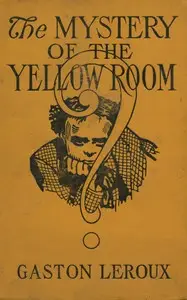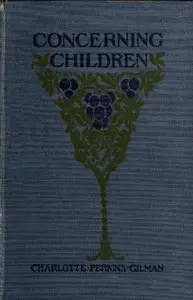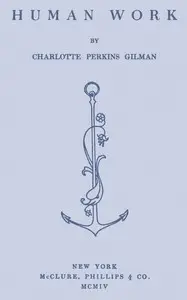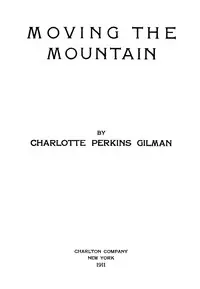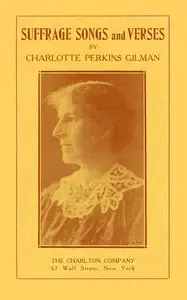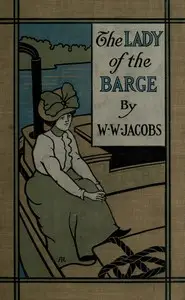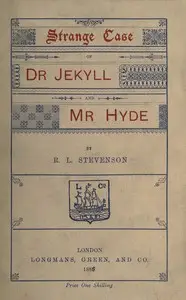"The Yellow Wallpaper" by Charlotte Perkins Gilman is a gripping short story from the late 1800s that shines a light on the struggles of women in a world controlled by men. Told through the secret diary of a woman stuck in a lonely upstairs room, it shows her slowly losing her mind. Her husband, also her doctor, says she just needs rest, but the room's strange yellow wallpaper starts to take over her thoughts. She sees a woman trapped behind the paper, and as she feels more and more trapped herself, she decides to break free by tearing the wallpaper down to release the woman and, more importantly, herself. The story is written with tension and drama, ultimately speaking to the importance of freedom, and fighting for your own identity.
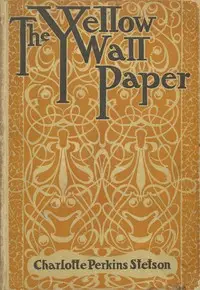
The Yellow Wallpaper
By Charlotte Perkins Gilman
Confined to a room and dismissed by her husband, a woman's sanity frays as she unravels the mystery of the disturbing yellow wallpaper that seems to hold her captive.
Summary
About the AuthorCharlotte Perkins Gilman, also known by her first married name Charlotte Perkins Stetson, was an American humanist, novelist, writer, lecturer, early sociologist, advocate for social reform, and eugenicist. She was a utopian feminist and served as a role model for future generations of feminists because of her unorthodox concepts and lifestyle. Her works were primarily focused on gender, specifically gendered labor division in society, and the problem of male domination. She has been inducted into the National Women's Hall of Fame. Her best remembered work today is her semi-autobiographical short story "The Yellow Wallpaper", which she wrote after a severe bout of postpartum psychosis.
Charlotte Perkins Gilman, also known by her first married name Charlotte Perkins Stetson, was an American humanist, novelist, writer, lecturer, early sociologist, advocate for social reform, and eugenicist. She was a utopian feminist and served as a role model for future generations of feminists because of her unorthodox concepts and lifestyle. Her works were primarily focused on gender, specifically gendered labor division in society, and the problem of male domination. She has been inducted into the National Women's Hall of Fame. Her best remembered work today is her semi-autobiographical short story "The Yellow Wallpaper", which she wrote after a severe bout of postpartum psychosis.





